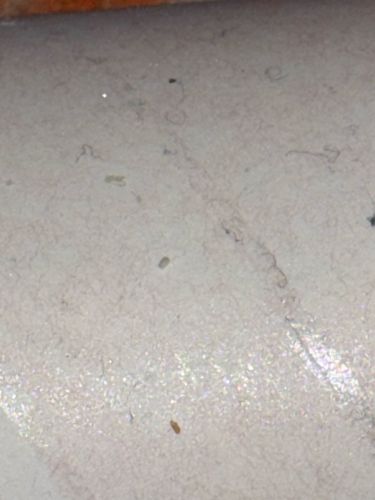Booklouse
Scientific Name: Psocoptera (various species)
Order & Family: Psocoptera, commonly Liposcelididae (for common indoor species)
Size: Typically 1-2 mm, though some species can be larger.

Natural Habitat
Damp, warm, and dark environments with sources of mold or organic debris. Often found in homes, libraries, old books, stored food, and areas with high humidity.
Diet & Feeding
Microscopic mold, fungi, starch products, glue in bookbindings, wallpaper paste, cereal products, dead insects, and other organic detritus.
Behavior Patterns
They are small, soft-bodied insects that move quickly but often go unnoticed due to their size. They prefer high humidity (above 60-70%) and avoid light. Many species are parthenogenetic, meaning females can reproduce without males, leading to rapid population growth under favorable conditions. Their life cycle from egg to adult can be as short as a few weeks.
Risks & Benefits
Potential Risks: Can contaminate stored food products, damage books, papers, and museum collections by feeding on mold and starches. They are generally harmless to humans, not biting or spreading disease, but can be a nuisance pest. Potential Benefits: In natural environments, they contribute to decomposition by feeding on mold, fungi, and decaying organic matter.
Identified on: 9/14/2025